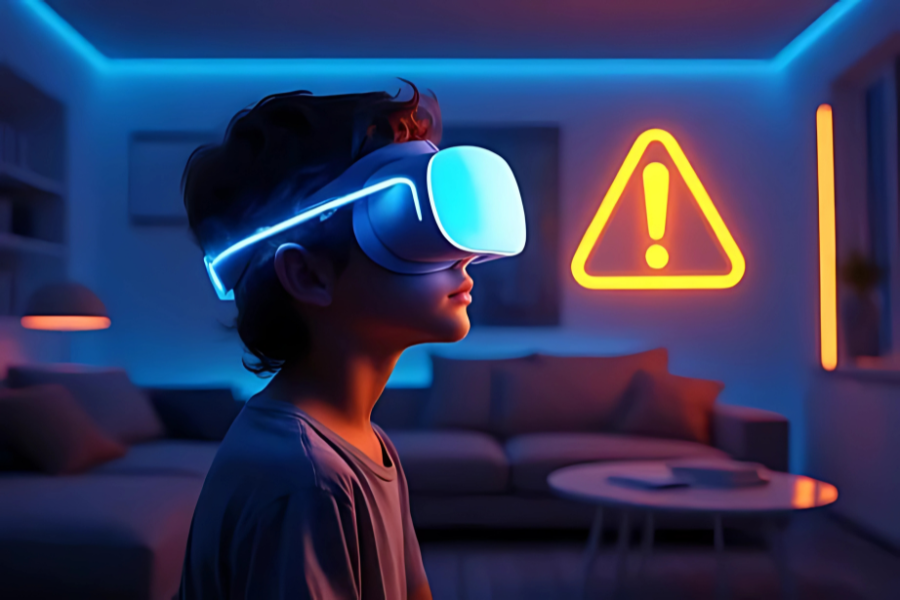Virtual reality is increasingly being used in pediatric care, but experts warn parents to exercise caution with VR at home. Specialists at Children’s Hospital Los Angeles (CHLA) say that while VR can ease anxiety during medical procedures, unsupervised home use carries risks.
Dr. Anya Griffin, Director of Psychology at CHLA, describes VR as “active screen time” that engages children more physically than tablets or phones. It can encourage movement and distraction, making it effective in clinical settings. However, she advises parents to play games themselves first, restrict sessions to short durations, and follow age guidelines—generally 12 years and older.
Risks include eyestrain, motion sickness, overstimulation, and exposure to inappropriate multiplayer interactions. Experts recommend limiting sessions to 10–15 minutes for ages 12–15 and no more than 20 minutes for older teens, with breaks between. They also caution against VR before bedtime, citing sleep disruption.
CHLA has used VR to reduce pain and anxiety during blood draws, biopsies, and even MRIs, sometimes eliminating the need for sedation. Research shows VR can rival medication by shifting attention and granting young patients a sense of control.
At home, though, parents are urged to balance VR use with real-world play and monitor children closely to ensure both safety and healthy screen habits.






